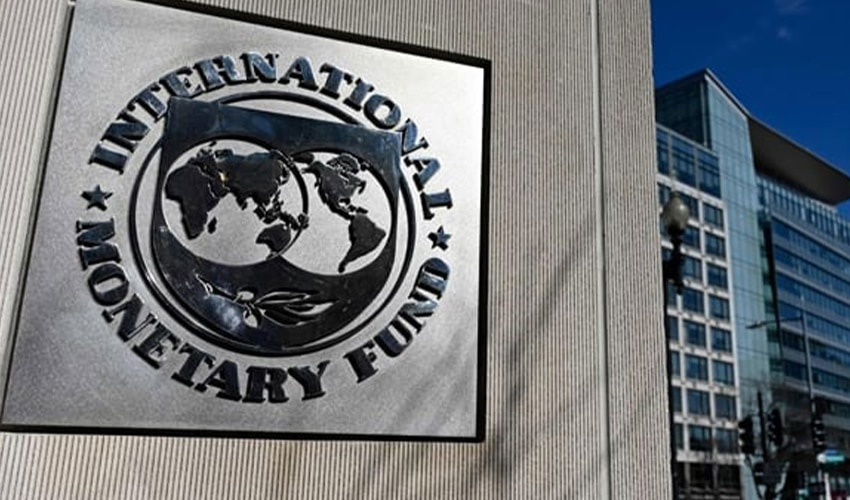The government has taken a significant step to satisfy the International Monetary Fund (IMF) loan program requirements by approving the Circular Debt Management Plan for the current fiscal year.
The Economic Coordination Committee (ECC) granted preliminary approval, with the final nod expected from the federal cabinet.
According to documents from the Ministry of Finance, the new plan aims to limit the flow of increase in circular debt to Rs36 billion. Last fiscal year, circular debt ballooned to Rs2,393 billion. Under its agreement with the IMF, the government assured that circular debt would not exceed Rs2,310 billion; however, projections for this fiscal year suggest a potential rise to Rs1,077 billion if no mitigating measures are taken.
To manage this debt effectively, the government has proposed several measures, including a timely increase in electricity tariffs, efforts to reduce line losses, and targeted subsidies. The report states that the debt management plan will prevent the increase in circular debt.
The document highlights that similar measures successfully curtailed debt growth in previous years, preventing a Rs27 billion increase in 2022 and saving Rs57 billion in 2023. "Last fiscal year, the circular debt increased by Rs83 billion," according to the report.
According to the report, the Circular Debt Management Plan for the current financial year has also been prepared from the estimates of NEPRA. The increase in the circular credit will further reduce power generation and transmission, which in turn will reduce economic development, the report stated.
"Efficiency needs to be improved to resolve the circular debt issue," the document added.
The report further details that the main factors contributing to circular debt growth include low collection rates from distribution companies (DISCOs), line losses, unpaid generation costs, and high loan interest rates. Additionally, the plan incorporates budget allocations from the finance division, ensuring that financial resources are earmarked to tackle the debt crisis.


























